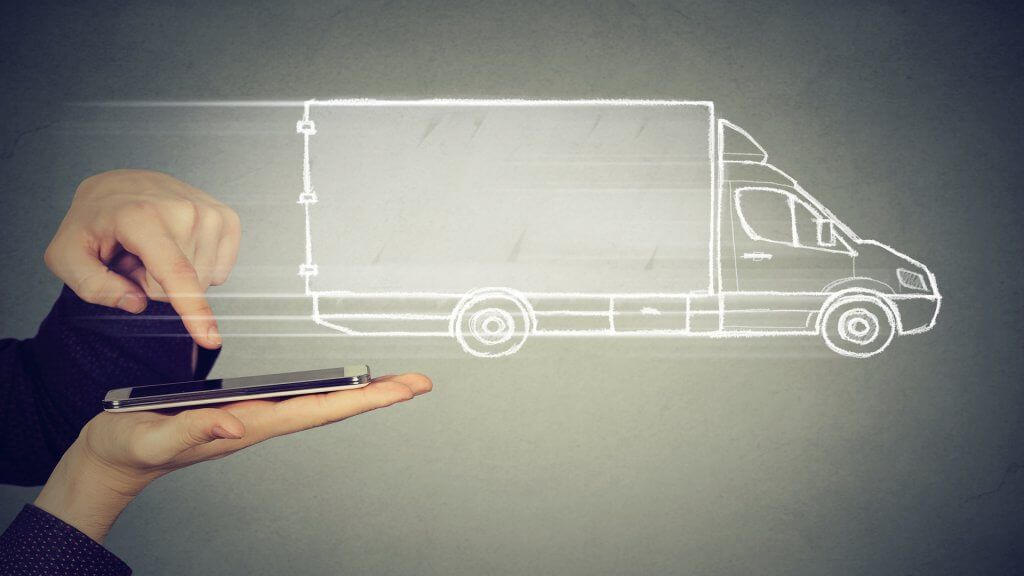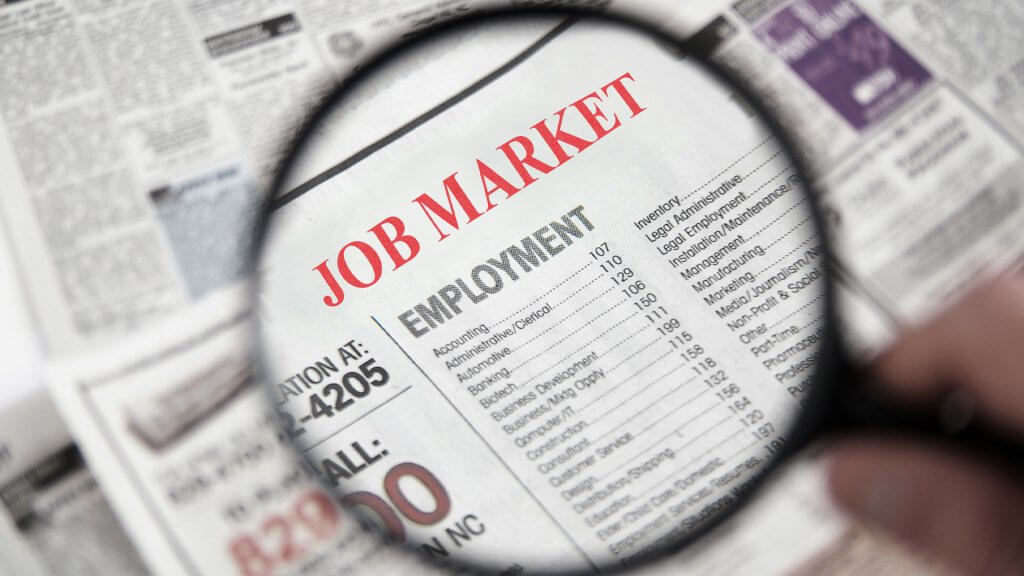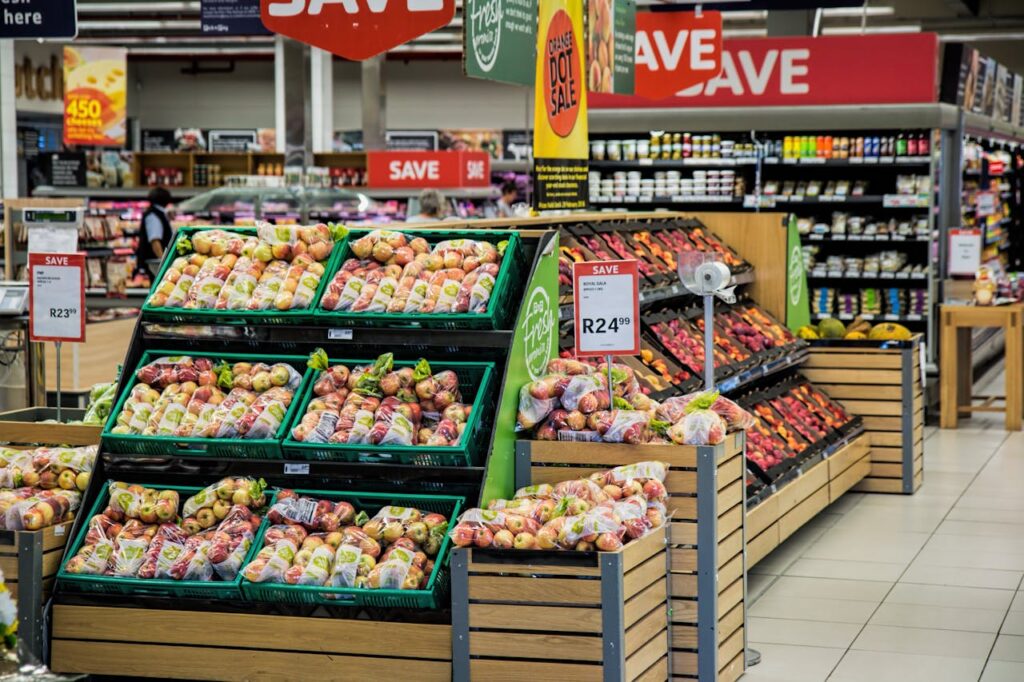The transport and logistics workforce is one of the largest and most vital in the UK, with over 1 million employees. But in terms of gender split, only 20% of the workforce is female. This is less than half the average across the entire UK workforce, which sits at 47%. Even more damning is the figure for women in land transport, which is only 14%, while only 1% of truck drivers are women. An other country with different socio-political dynamics than the UK but has the largets workforce in transportation and logistics is Turkey. Checking the numbers in Turkey where the transportation and logistics is the second biggest potential industry, when it comes to the workforce, the percentage of women employees is less than 15%. Related closely with the patriarchal history and culture of the country, the transportation and logistics industry has its male dominated narrative. Very few -even less than 1% – women truck drivers are only referred by the media under interesting facts in the country.
A number of sector institutes and associations have created specific campaigns to encourage women to pursue a career in logistics and transport, as well as supporting businesses in attracting and retaining female employees. Women in Transport is a leading not-for-profit that offers training and mentoring for women already in, or looking to enter, the transport industry.
The sector also has one of the most prominent ageing workforces, particularly when it comes to drivers. The Road Haulage Association says the average age of road haulage drivers is 57. What’s more, 25% of the workforce is expected to retire in the next 10 years. This, combined with over 80,000 EU workers leaving the UK workforce, will worsen an existing driver shortage. So if you have owner driver jobs available, you need to look into new ways of attracting drivers.
In addition to filling this critical driver shortage, transport and haulage providers must do better in terms of gender equality. So why not kill two birds with one stone? Here, we discuss how you can encourage more women into the sector.
Create an inclusive environment
School often sets the tone for an individual’s future career. Young girls and women are often actively discouraged from pursuing careers in traditionally “male” sectors, including science, technology, transport, and logistics. If young women don’t feel confident or inspired to study these subjects, they’re less likely to enter these careers and industries.
These sectors also have an image of a “boy’s club”. Not only are women underrepresented, but there’s a feeling they’re unwelcome. Knowing a workforce is 80% men is enough to put aspiring young women off, especially when an ETF report highlights a sexist culture plaguing some of these organisations.
Changing a workplace culture doesn’t happen overnight. But creating an inclusive environment is critical to reassuring women that your organisation will be a safe place for them. Promoting more women internally and ensuring women are represented at board level will also send a message that your business values female employees as much as male workers.
Promote your female role models
What better way to show aspiring women that your organisation is a good place for them to start or continue a career than to spotlight the women who are already successful in your business? You can push out content and feature these employees on your website. By making these successful women the face of your organisation, you’ll help dispel the idea that haulage and transport is a boy’s club.
This is even more powerful if you can promote women in the roles you’re looking to increase female representation in. So, if your driver workforce is majority male and you have female drivers who are keen to discuss their experiences, you can highlight their achievements.
You can also partner with organisations including Women in Transport and the CILT’s Women in Logistics & Transport project. You can promote your business as gender-inclusive and introduce it to potential new employees. Equally, your existing female employees can get involved in networking events, deliver presentations, and take part in mentoring to further encourage women to pursue a career in transport and logistics.
In Turkey, the Association of International Forwarding and Logistics Service Providers (UTIKAD) is the first non profit organization in Turkey to achieve getting the certificate of ‘Women Equal at Work’ in 2017. The association has been promoting and leading for gender equality and increasing the number of women employees in logistics. They have appointed 2 women as Board members and started a project with ‘Women Entrepreneurs Association’ of Turkey last year to support women in logistics and to create awareness for a more inclusive logistics industry.
Offer on-the-job training
As a result of young girls and women being discouraged from “manly” subjects at school, many don’t enter male-dominated industries and therefore may have limited experience. So, in order to increase the percentage of women in the sector’s labour force, you need to attract candidates that may be new to the jobs or the industry.
Applying for a role that you have little experience in can be daunting, so promoting on-the-job training is essential to attracting people who are considering a career change. Many people who were unable to work due to COVID-19 restrictions turned to delivery driving due to an increased demand for these roles. With the pandemic accelerating the adoption of online shopping, this demand is set to remain high.
Equally, this shift affects warehousing and logistics. Promoting your roles to people who may not already be in the sector and training them on the job gives you the opportunity to access a wider candidate pool. It also means women who aren’t currently in the sector have a better opportunity to get into it.
Involve women in decision-making
While the percentage of women in transport, logistics, and haulage organisations is low across the board, there are definitely more women in back-office, logistics, and warehousing roles compared to drivers. If you have women in senior positions in your business, it’s critical to involve them in decisions regarding training and recruitment. They’ll be able to offer a perspective that you simply won’t get from men who are well-established in the sector.
Your female employees, at any seniority, understand what it’s like to be a woman in the sector. As we’ve seen, some businesses are plagued with outdated, sexist cultures, so they’ll be able to offer insights into what it’s really like. If you’re not aware of a cultural problem, they can highlight it. However, if your business is already inclusive and inviting for women, you’ll be able to understand what you’re doing right and therefore promote this to potential new female employees.
Gender inequality in the workplace is a topic that has been discussed more openly in recent years. Women empowerment is one of the 17 goals of the United Nation’s (UN) ‘Sustainable Development Goals’ (SDGs). It is positioned as one of the solutions for sustainability, and has its place in the corporate sustainability agenda of many companies. Established with the vision “gender equality is not only a fundamental human right, but a necessary foundation for a peaceful, prosperous and sustainable world” this goal by UN refers to the empowerment of girls and women to obtain gender equality. We know that the reason some businesses have a higher disparity between male and female employees is because women are discouraged from certain roles and sectors from a young age. But even successful women in these roles can be discouraged by cultural issues and a lack of progression in their businesses.
The transport and haulage sector has one of the biggest imbalances and, when combined with a driver shortage, is facing a workforce crisis. Encouraging women to pursue a rewarding career in the industry is vital not only in making it an equal playing field, but it may be the key to replacing an ageing workforce.






























